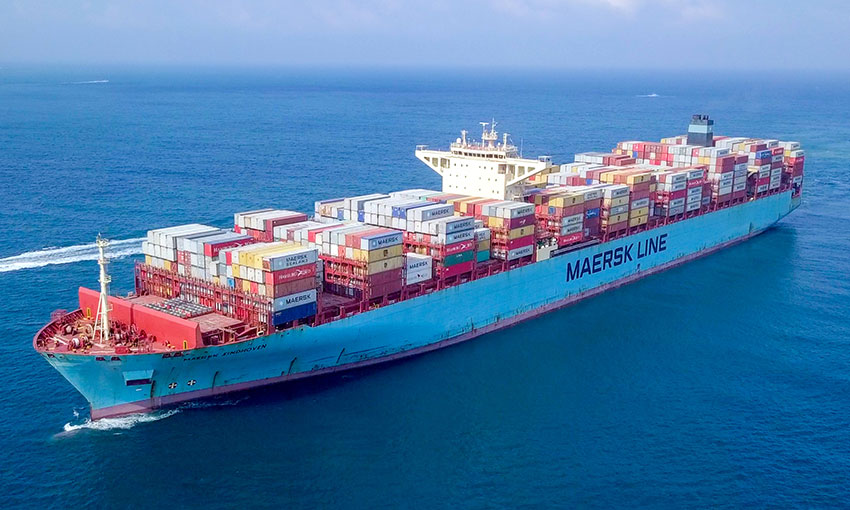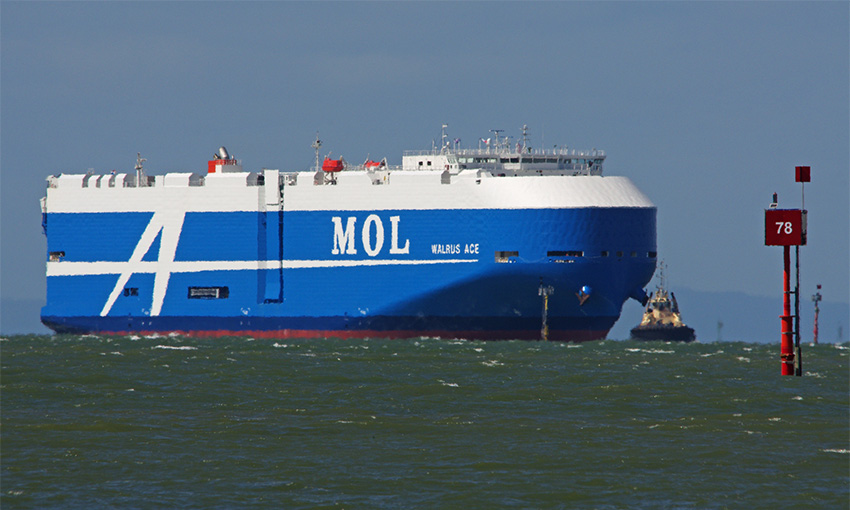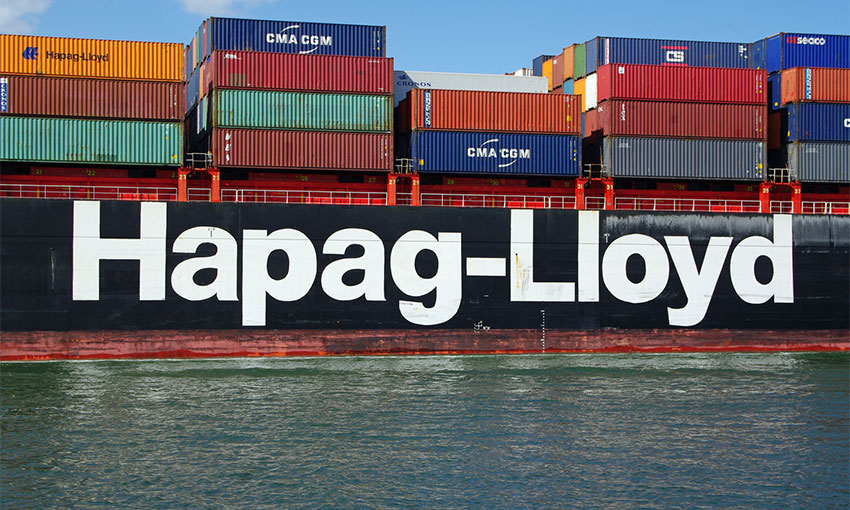SHIPPING line Maersk has collaborated with the National Meteorological Service of Germany, Deutscher Wetterdienst (DWD), to install automated weather stations on 50 of its vessels. While crossing the largest oceans, the vessels transmit live data helping forecast weather and climate.
Maersk and DWD have collaborated on the project since 2019 with the German service providing the 50 systems being used on the vessels.
Aslak Ross, head of marine standards at Maersk said, “We have an ambitious strategy for our business to achieve net zero greenhouse gas emissions in 2040, and we are proud to have our vessels and crews help researchers in gaining a better understanding of this key global challenge and the impact it has on our surroundings”.
As a part of Maersk’s ESG strategy, the company has committed itself to contribute to climate science. Maersk vessels have also for years been operating within the global Voluntary Observing Ship Scheme under the Global Ocean Observing System providing regular weather observations, but it has been done manually resulting in a slow process of data sharing.
By implementing automated weather stations, the vessels can deliver precise high-quality and standardised data in real-time giving DWD useful insights about the current meteorological situation at sea. The data provided is shared globally with all members of the World Meteorological Organization.
Darin Figurskey, the global lead for the ship observations team under GOOS and a forecaster himself at the US National Oceanic and Atmospheric Administration, said, “The collaboration with Maersk continues to have a positive impact on the maritime industry.
“Additional observations on more vessels will help forecasters become more situationally aware, provide added information for forecasts, warnings, and numerical weather prediction, and ultimately help scientists understand more about our oceans and climate,” he said.
Even today, where much of the meteorological data is acquired by satellites, the real-time data from the world’s oceans provides essential input to all weather models used for forecasts and warnings. Especially the surface atmospheric pressure is of high importance since it cannot be measured by satellites.





